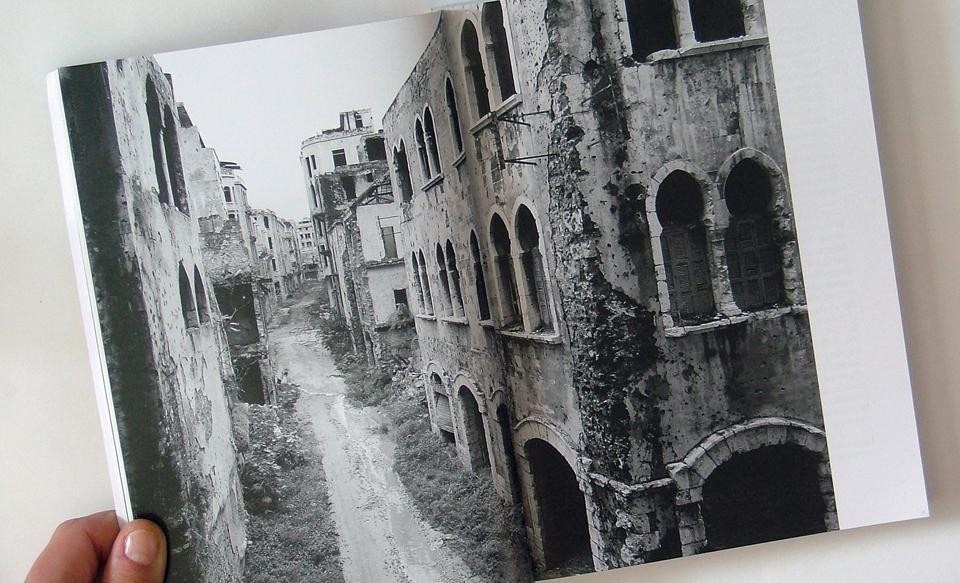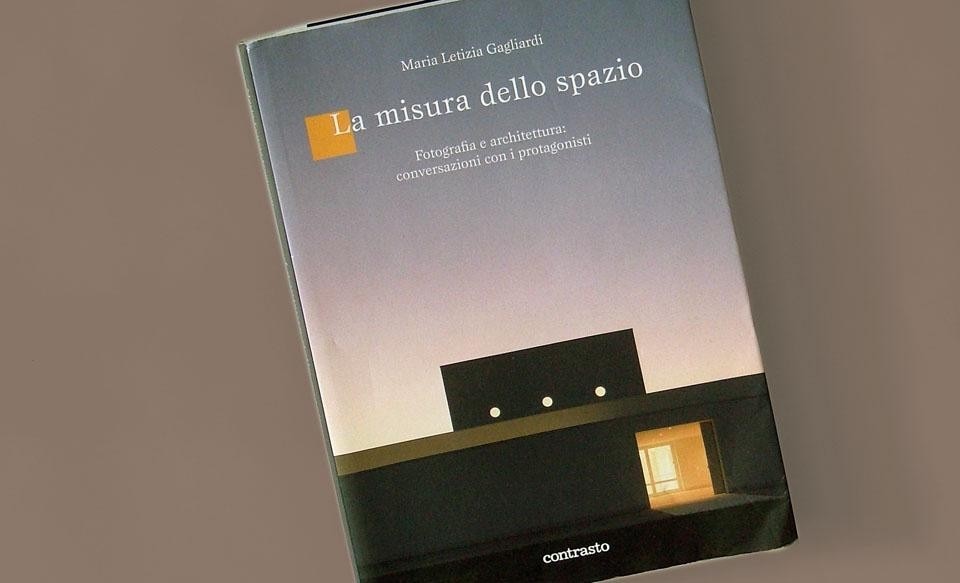Edited by Maria Letizia Gagliardi and published by Contrasto, this book focuses on architecture and photography, addressed together. The two disciplines or, more properly, the two arts may seem independent one from the other but are actually closely bound by factors that drive them both such as light, size, atmosphere, space and colour.
The editor of this book, an architect and PhD at the faculty in Udine, consulted the artists, in this case photographers, who were the first to work on architectural space.
Many of those interviewed have based their entire careers on photographs of architecture and the landscape; they have embraced and absorbed the art of building, placing it at the centre of their focus. Individual interviews ask 26 photographers the same 18 questions but the dialogue that emerges is a concerted one, almost a debate revolving around the theme in question, and it tries to uncover that magical relationship that forms when photographing architecture. The apparently predictable question "What is photography to you?" reveals what their work means to each professional. Gabriele Basilico views photography as art, profession and play; for Gianni Berengo Gardin it is a way of recording reality; and Patrizia della Porta sees it as her perception of the world. All different and simple answers showing that all the artists experience the relationship with the space they photograph in their own way.

The interviews are split into three sections, not so much out of a need for cataloguing, as the editor stresses, but more to provide an interpretation of the emotions behind the interviews. The first section, "Architetture vissute" contains the photographers whose favourite subjects are places and buildings "sullied" by mankind, ruined not only by time but also by wear such as Gabriele Basilico, Gianni Berengo Gardin, Francesco Jodice, Lorenzo Mussi and others. In the second "Brani di architettura", M.L. Gagliardi groups the artists who have always used their photographs to tell a story or delve behind the manifest reality such as Pino Musi, Paolo Rosselli and Moreno Maggi, to mention but a few. The final section "I luoghi del vivere" is for professionals who have embraced more urban panoramas, from Massimo Vitali to Luca Campigotto.

The most intriguing part of this book is the discovery of how each artist got where they are, how they came to photography, often from other specialisations, and why, at a later stage, they decided to focus their poetic on buildings and the cityscape. Many come from faculties of architecture, others followed in a parent's footsteps and others again pursued a passion of their youth. All found themselves wondering about space, measuring not only its distances but its light and shadow, as well as the suspension of time involved in taking a photograph. All these visions, techniques and passions emerge from the interviews in the book.
What is initially slightly disappointing is that, despite being a book on photography, it contains few pictures, just 26, one per photographer and chosen by the photographers themselves as their most significant pictures. Then, you realise that this very selection prompts you to think more about each single picture, identifying briefly with the person behind the tripod and looking into the lens. This allows you to see the ideal angle, the architecture from a single viewpoint and the size the photographers wanted to give the space they were experiencing.


